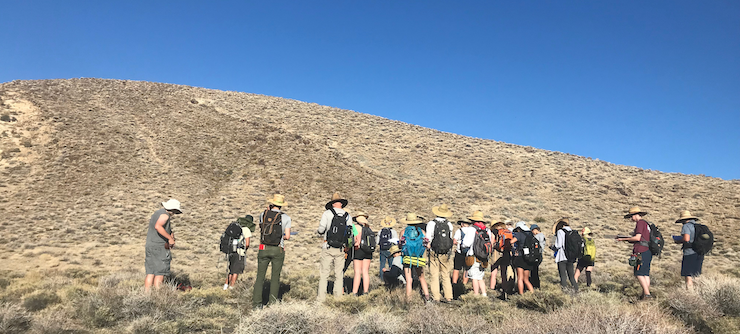University of California Field Operations Safety Manual
Risk, and recognizing the possibility of loss or injury, is integral to experiential learning and is inherent in field environments where we teach and conduct research. A field instructor or researcher must also be an effective risk manager who understands and anticipates risks and acts appropriately to reduce the likelihood of negative consequences. Accidents often result from a combination of challenging conditions, inadequate preparation and poor communication. For this reason, an effective trip leader must incorporate many attributes of leadership including preparation, competency, effective communication, appropriate judgment, self and group awareness, and tolerance for adversity and uncertainty.
The UC Field Operations Manual provides guidelines and resources to lead safe, successful field courses and research trips. The content focuses on risk management issues that are relevant for California-based field courses and research, international trips, research expeditions, and other outdoor excursions. Field sites may include field stations, natural reserves, public lands or parks, wilderness areas, coastline or waterways, or more controlled sites such as construction areas, excavations, or mines. The Field Operations Manual was developed to serve as a reference document and teaching tool as well as to highlight applicable UC policies and State/Federal laws. The manual is organized into key sections on planning, training, incident response, best practices for trip leaders, and appendices on common field hazards and local campus resources.
Integration of field safety planning into routine instruction and training will meet key objectives and regulatory requirements of your Campus or Department’s Injury and Illness Prevention Plan (IIPP). The IIPP is a written safety program to protect employees from illnesses and injuries per the California Code of Regulations Title 8, Section 3203, by establishing a safety management framework for identifying and correcting workplace hazards, ensuring employee training and compliance, and communicating information related to safety and health issues. Faculty, staff and students, including student employees and volunteers, are accountable for health and safety rules and following safe work practices, including:
-
obtaining appropriate training for designated activities
-
using personal protective equipment (PPE) and safety equipment as required and directed,
-
reporting unsafe conditions, malfunctioning equipment, and other safety concerns,
-
reporting all injuries and incidents, and
-
understanding what to do in the event of an emergency.

